Foundation Year
The English curriculum is built around the three interrelated strands of language, literature and literacy. Teaching and learning programs should balance and integrate all three strands. Together, the three strands focus on developing students' knowledge, understanding and skills in listening, reading, viewing, speaking, writing and creating. Learning in English builds on concepts, skills and processes developed in earlier years, and teachers will develop and strengthen these as needed.
In the Foundation year, students communicate with peers, teachers, known adults and students from other classes.
Students engage with a variety of texts for enjoyment. They listen to, read and view spoken, written and multimodal texts in which the primary purpose is to entertain, as well as some texts designed to inform. These include traditional oral texts, picture books, various types of stories, rhyming verse, poetry, non-fiction, film, multimodal texts and dramatic performances. They participate in shared reading, viewing and storytelling using a range of literary texts, and recognise the entertaining nature of literature.
The range of literary texts for Foundation to Year 10 comprises Australian literature, including the oral narrative traditions of Aboriginal and Torres Strait Islander Peoples, as well as the contemporary literature of these two cultural groups, and classic and contemporary world literature, including texts from and about Asia. Literary texts that support and extend Foundation students as beginner readers include decodable and predictable texts that range from caption books to books with one or more sentences per page. These texts involve straightforward sequences of events and everyday happenings with recognisable, realistic or imaginary characters. Informative texts present a small amount of new content about familiar topics of interest; a small range of language features, including simple and compound sentences; mostly familiar vocabulary, known, high-frequency words and single-syllable words that can be decoded phonically, and illustrations that strongly support the printed text.
Students create a range of imaginative, informative and persuasive texts including pictorial representations, short statements, performances, recounts and poetry.
(source: www.australiancurriculum.edu.au)
Achievement Standard
Receptive modes (listening, reading and viewing)
By the end of the Foundation year, students use predicting and questioning strategies to make meaning from texts. They recall one or two events from texts with familiar topics. They understand that there are different types of texts and that these can have similar characteristics. They identify connections between texts and their personal experience.
They read short, decodable and predictable texts with familiar vocabulary and supportive images, drawing on their developing knowledge of concepts of print, sounds and letters and decoding and self-monitoring strategies. They recognise the letters of the English alphabet, in upper and lower case and know and use the most common sounds represented by most letters. They read high-frequency words and blend sounds orally to read consonant-vowel-consonant words. They use appropriate interaction skills to listen and respond to others in a familiar environment. They listen for rhyme, letter patterns and sounds in words.
Productive modes (speaking, writing and creating)
Students understand that their texts can reflect their own experiences. They identify and describe likes and dislikes about familiar texts, objects, characters and events.
In informal group and whole class settings, students communicate clearly. They retell events and experiences with peers and known adults. They identify and use rhyme, and orally blend and segment sounds in words. When writing, students use familiar words and phrases and images to convey ideas. Their writing shows evidence of letter and sound knowledge, beginning writing behaviours and experimentation with capital letters and full stops. They correctly form known upper- and lower-case letters.
(source: www.australiancurriculum.edu.au)
- Plus Plan
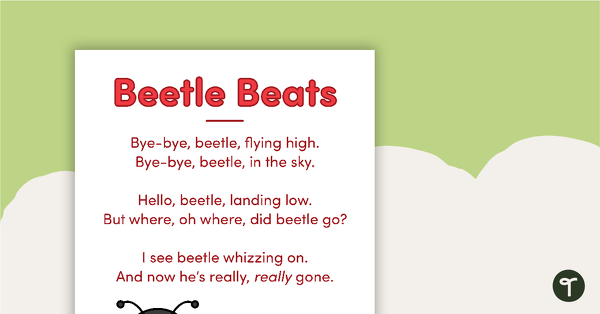
Beetle Beats Poem - Simple Rhyming Poetry Poster
A simple rhyming poem to develop vocabulary, reading, speaking and listening in the early years.
- Plus Plan
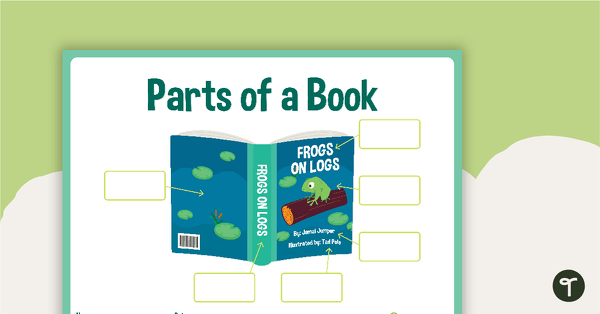
Parts of a Book – Cut and Paste Activity
A cut and paste activity for students to identify the various parts of a book.
- Plus Plan
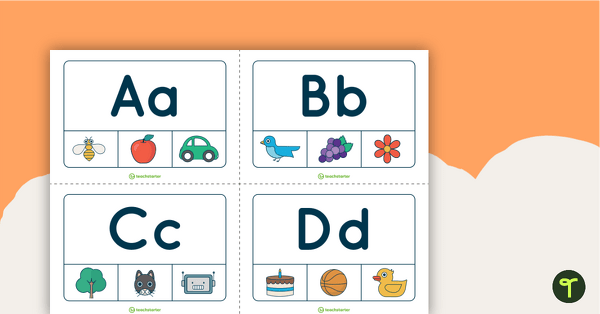
Initial Sound Peg Cards (Version 2)
An initial sound and fine motor activity for younger students.
- Plus Plan
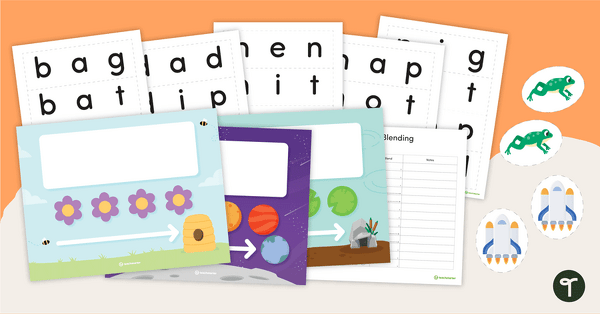
Segmenting and Blending Mats
A set of beautifully designed templates for students to practise blending and segmenting words.
- Plus Plan
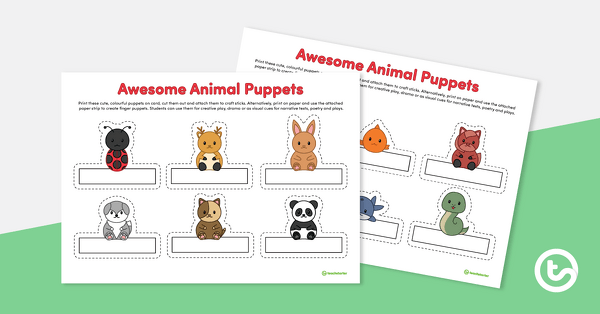
Adorable Animal Finger Puppets Template
Download a set of 12 animal finger puppets to use when teaching poetry, creating narratives and more.
- Plus Plan
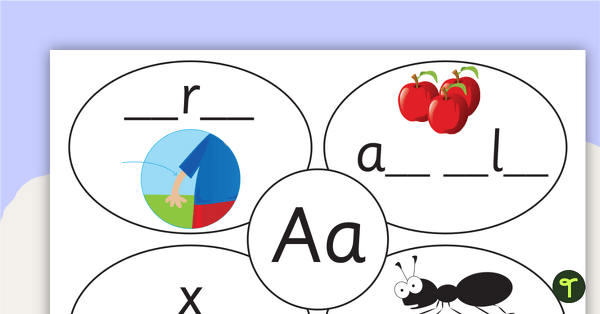
Alphabet Bubbles
An alphabet activity using pictures and corresponding words.
- Plus Plan
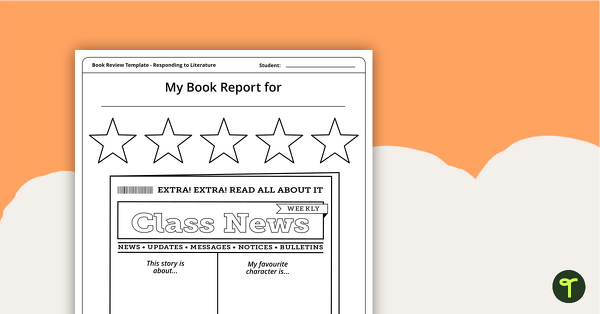
Newspaper Themed - Book Report Template and Poster
A fun newspaper themed poster with 3 book report templates to use when responding to literature.
- Plus Plan
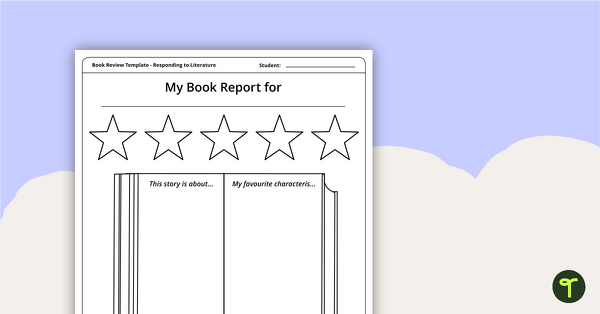
Book Worm Themed - Book Report Template and Poster
A fun book worm themed poster with 3 book report templates to use when responding to literature.
- Plus Plan

Beginning Letter Sounds Flashcards Game
Practise applying beginning letter sound correspondence with this set of 16 game boards and letter flashcards.
- Plus Plan
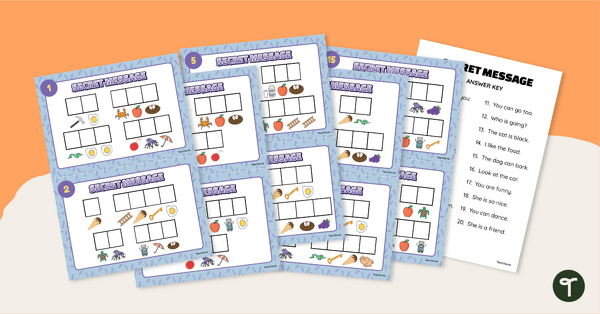
Beginning Sounds Mystery Task Cards
Help students apply letter-sound correspondence with this set of 20 task cards.
- Plus Plan

Phoneme Manipulation Worksheet Pack
Use these phoneme manipulation worksheets to help students develop their phonemic awareness skills.
- Plus Plan

Blending Words Reading Warm-Up Task Cards
Get your students ready for reading with these blending words reading warm-up task cards.
- Plus Plan
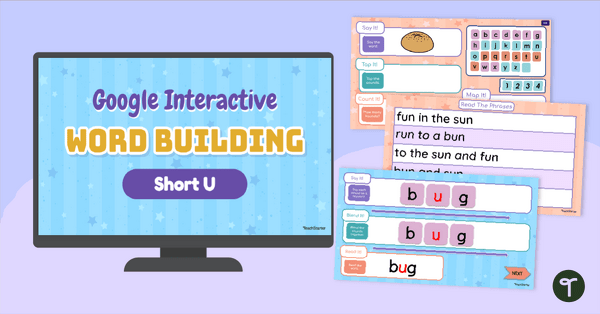
Learn to Read Short U - Daily Phonics for Kids
Use our week-long Interactive Short U Word Building Interactive to teach daily phonics lessons for beginning readers!
- Plus Plan
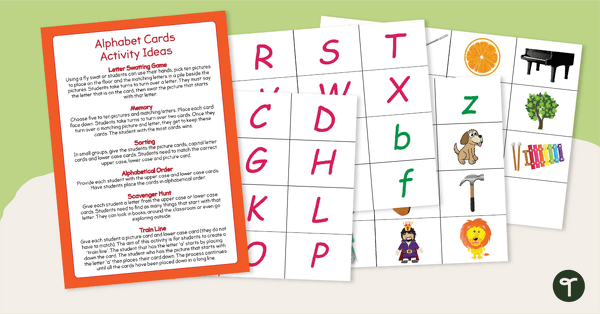
Alphabet Picture and Letter Cards
Practise letter recognition and letter sounds with this set of alphabet letter and picture cards.
- Plus Plan

Find and Colour Alphabet Activity
Help students recognise different letters of the alphabet with this find and colour worksheet pack.
- Free Plan
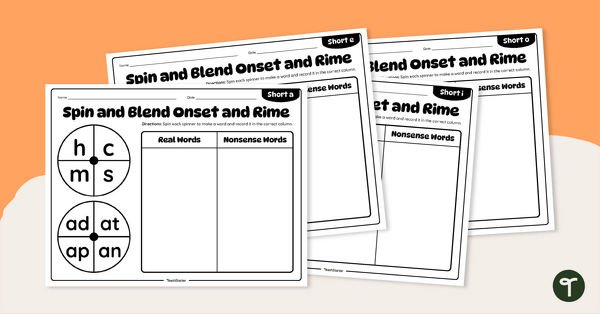
Spin and Blend Onset and Rime Pack
Practise blending onset and rime words with this set of spin and blend worksheets.
- Plus Plan
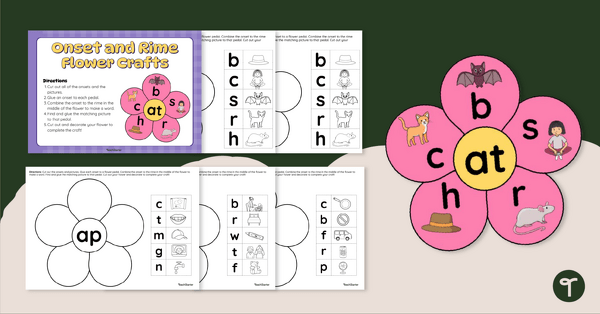
Onset and Rime Flower Craft Pack
Explore different onset and rime patterns with these fun and engaging flower craft packs.
- Plus Plan
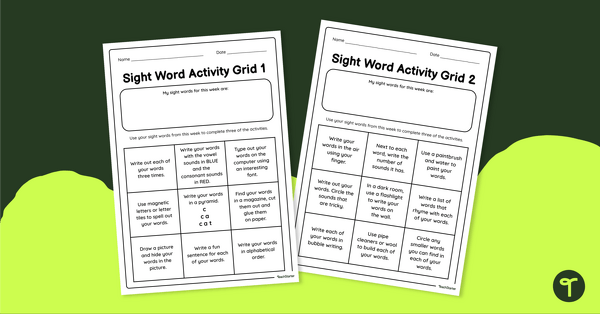
Sight Word Activity Worksheets
Help your students practise their sight words at home with this set of two sight word activity grids.
- Plus Plan
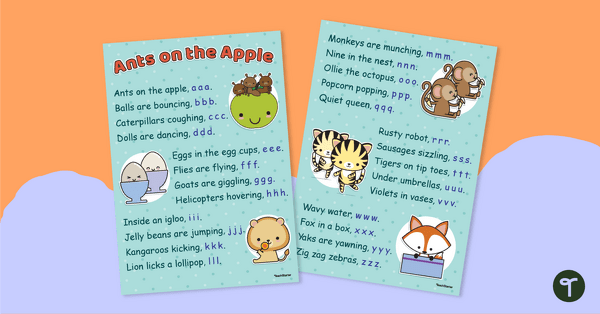
Ants on the Apple – Phonics Rhyme Posters
Use this poster featuring the phonics rhyme “Ants on the Apple” to teach your students the association between letters and their sounds.
- Plus Plan

Dolch Sight Word Tracker - Google Sheets
Track mastery of Dolch Sight Words using a digital Google Sheets Sight Word tracking spreadsheet.
- Plus Plan

How to Make a Salad – Procedural Writing Craftivity
Use this engaging craft activity on making a salad to teach your students all they need to know about procedural writing!
- Plus Plan
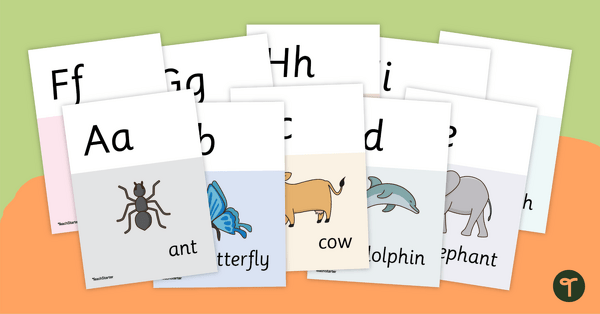
Animal Alphabet Display Posters
An A to Z of animals in 26 vibrant posters.
- Plus Plan
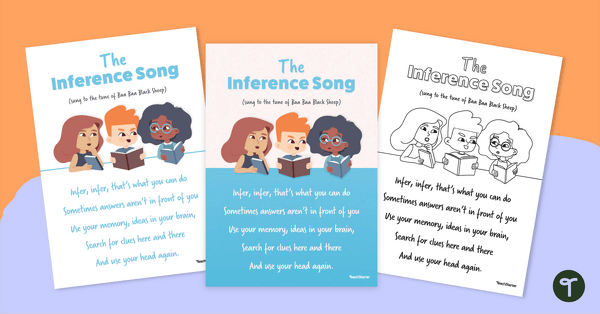
The Inference Song Classroom Poster
Teach your students about the meaning of inferencing with a song!
- Plus Plan
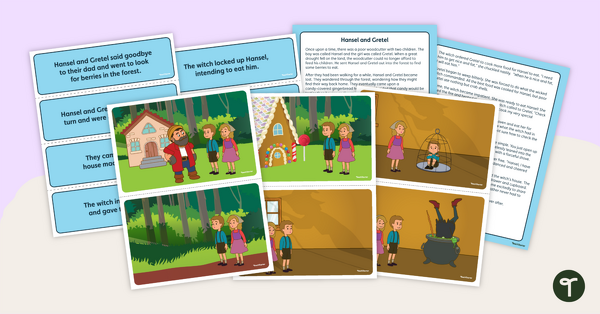
Hansel and Gretel Retelling Activity Cards
Teach your students about retelling with this set of sequencing cards for Hansel and Gretel.
- Plus Plan
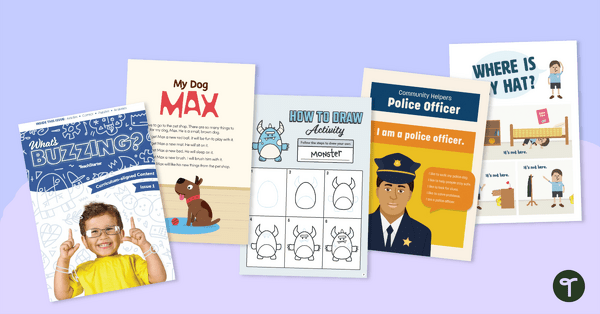
Foundation Magazine - What's Buzzing? (Issue 1)
A beautifully designed, 16-page reading magazine specifically designed for Foundation students.
- Plus Plan
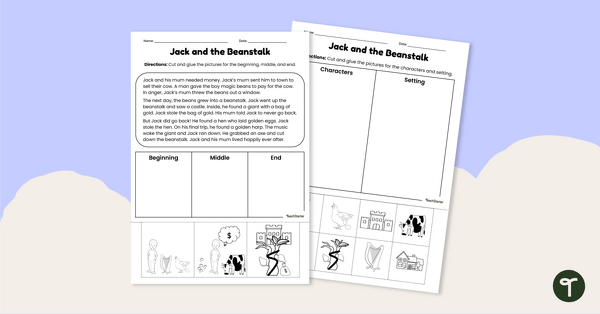
Story Elements Cut and Paste Worksheets – Jack and the Beanstalk
Explore story characters, settings and main events with this set of cut-and-paste worksheets based on a well-known fairy tale.
- Plus Plan
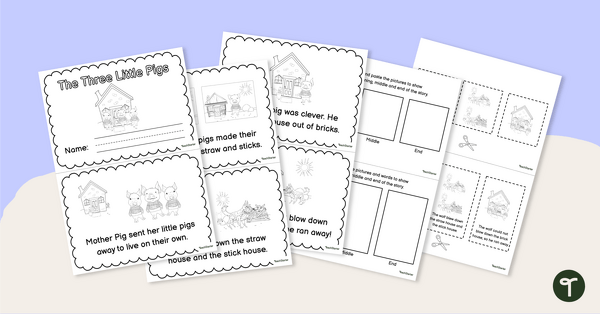
Beginning, Middle and End Mini-Book - The Three Little Pigs
Teach your students about the beginning, middle and end of a story with this mini-book retell of The Three Little Pigs.
- Plus Plan
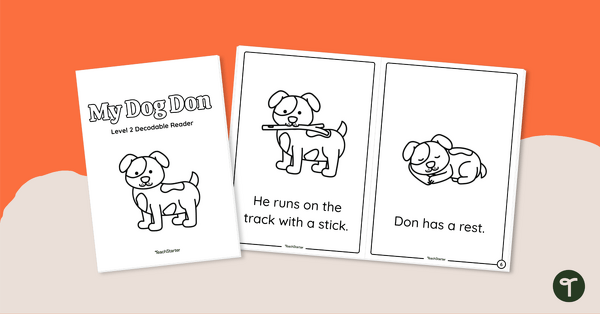
My Dog Don - Decodable Reader (Level 2)
Develop confident, successful readers with this phonics-based, printable decodable book.
- Plus Plan
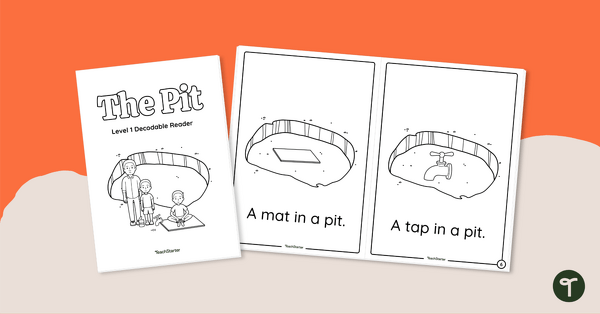
The Pit - Decodable Reader (Level 1)
Develop confident, successful readers with this phonics-based, printable decodable book.
- Plus Plan
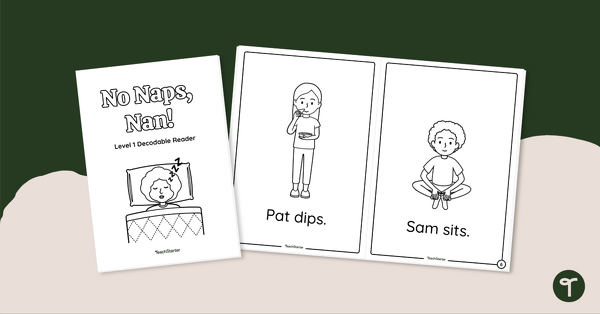
No Naps, Nan! - Decodable Reader (Level 1)
Develop confident, successful readers with this phonics-based, printable decodable book.
- Plus Plan
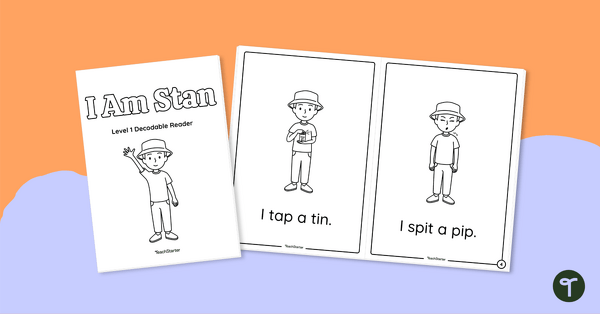
I Am Stan - Decodable Reader (Level 1)
Develop confident, successful readers with this phonics-based, printable decodable book.
- Plus Plan
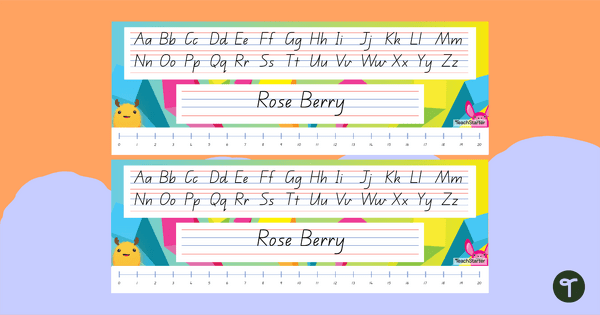
Monster Madness-Themed Desk Name Plates
Help your students feel at home on the first day of a new school year with these customisable desk name plates to match your classroom theme.